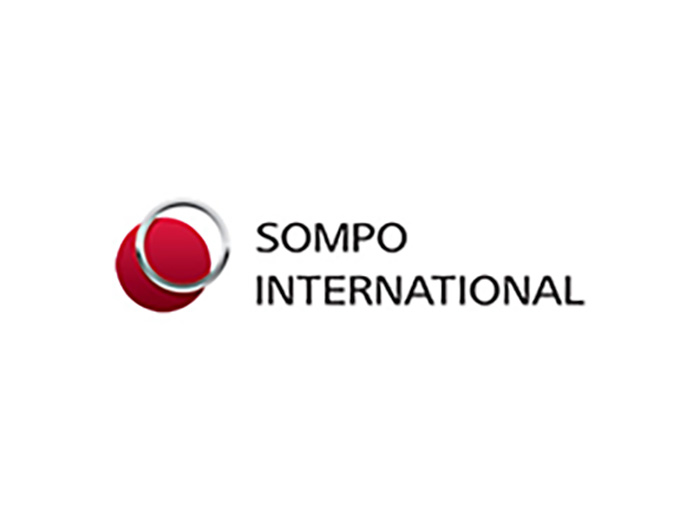In the Wake of #MeToo, a Closer Look at Employment Practices Liability Insurance
A key piece of the#MeToo movement has been a powerful rallying cry to move beyond high-profile cases of harassment and abuse of power by celebrities and politicians and demand increased accountability across all industries and workplaces.
According to one survey, in white collar workplaces, more than one in three women and more than one in 10 men have been victims of sexual harassment on the job. It’s clear the #MeToo movement is having an impact in all workplaces, in every industry. In fact, harassment complaints to the U.S. Equal Employment Opportunity Commission were up 14% in 2018.
Given this new reality in which individuals feel empowered to report incidents and accused harassers are increasingly being held accountable for their actions, all organizations should look for ways to minimize risk.
These efforts should focus on two core areas — maximizing coverage under employment practices liability insurance (EPL) and ensuring company culture and HR policies facilitate an equal, harassment-free workplace.
Maximize Protection of EPL Coverage
EPL insurance is the most direct coverage for addressing risk related to harassment and other employment-related issues. A surprising number of businesses large and small don’t have EPL insurance. For many organizations, that’s a major oversight that can have a dramatic impact on the bottom line of a business.
As companies react to the #MeToo movement and evolving expectations in the workplace, insurers are also taking a close look at policies and underwriting practices to better categorize risks associated with sexual harassment and misconduct on the job.
Shifting pricing and policy language can create unexpected gaps in coverage, especially for organizations with a history of harassment claims or dubious company cultures. Regardless of company history, all organizations should work with a broker to understand the limits of existing EPL insurance coverage or what should be included in a new policy.
That starts with a thorough understanding of what constitutes a “claim“ and your obligations under the insurance policy. Late reporting is the leading reason EPL claims are denied by insurers. Most policies’ definition of a “claim” includes charges of discrimination filed with the EEOC or other state/local administrative agency and/or a written demand for monetary relief.
Many companies handle written letters by attorneys and EEOC claims in house. Since they don’t need the assistance of outside counsel, they fail to report the claim to their carrier. If the claim later goes to court in a different policy year, the insurer will deny coverage for the claim.
In addition, there are other actions that constitute a claim — understanding when to report to a carrier is critical.
There are also a number of exclusions that can prevent coverage. The most notable involves bodily injury. If, for example, an employee breaks her arm in an incident with another coworker, that injury may be excluded from the EPL coverage due to the bodily injury exclusion, and may be covered under workers’ compensation coverage.
Some carriers are attempting to expand the bodily injury exclusion to include any touching allegation and are not providing defense costs in cases of sexual assault. Organizations should seek to narrowly define the bodily injury exclusion and also work to establish a carve back for bodily injury arising from emotional distress.
Other common exclusions include criminal acts or prior acts or knowledge. Typically any act that rises to the level of a criminal act, including sexual assault and rape, are excluded from EPL coverage. A carve-back for final adjudication would provide defense coverage until a court determines that any criminal act did occur.
Prior knowledge exclusions refer to organizations that are aware of harassment issues prior to the inception of the policy. In these cases, insurers may deny coverage. Therefore, companies can’t bury their heads in the sand with a repeat perpetrator and expect their insurance policy to protect them later.
Review Company Culture and Policies
The right EPLI coverage is essential, but it’s no substitute for creating a comprehensive set of workplace harassment and discrimination policies and a culture that sticks to them. A good written policy will be clear and straightforward and should be reviewed by an attorney who specializes in these matters. It must include a thorough process for employees to report incidents.
It must also include an absolute prohibition of retaliation against employees making a good faith report. This piece is critical. It’s important to note that a valid retaliation claim can stem from frivolous allegations of harassment.
Managers should work closely with human resources to navigate any allegations and changes in employment following allegations of harassment or discrimination.
Those policies need to be reflected in the company culture from the top down. More than most other workplace issues, executives and organizational leaders must be held to the same standards as all workers when it comes to harassment. Rules must be equally enforced across the entire organization and no one, regardless of performance or position, can be exempt.
Often, the quality of training on workplace harassment and discrimination is a good indicator of the cultural buy-in for addressing these issues at an organization. It’s tough to get buy-in with stale training that’s only required for portions of the workforce and is little more than checking of a box every year.
Engaging, comprehensive training that changes to reflect new attitudes and issues, however, is more likely to impact employee behavior. It’s a critical first step in reducing risk from harassment on the job.
An Evolving Approach for an Evolving Workplace
The workplace is changing. In the wake of the #MeToo movement, more victims are coming forward, employees are rethinking their behaviors and the public is holding individuals and companies accountable.
At the same time, more and more organizations are looking one step beyond legal and compliance risks to broader reputational risks. This next-level approach demands a thorough review of insurance protections and organizational policies that protect employees from unwanted and illegal behavior on the job and companies from the risk that comes with it. &










